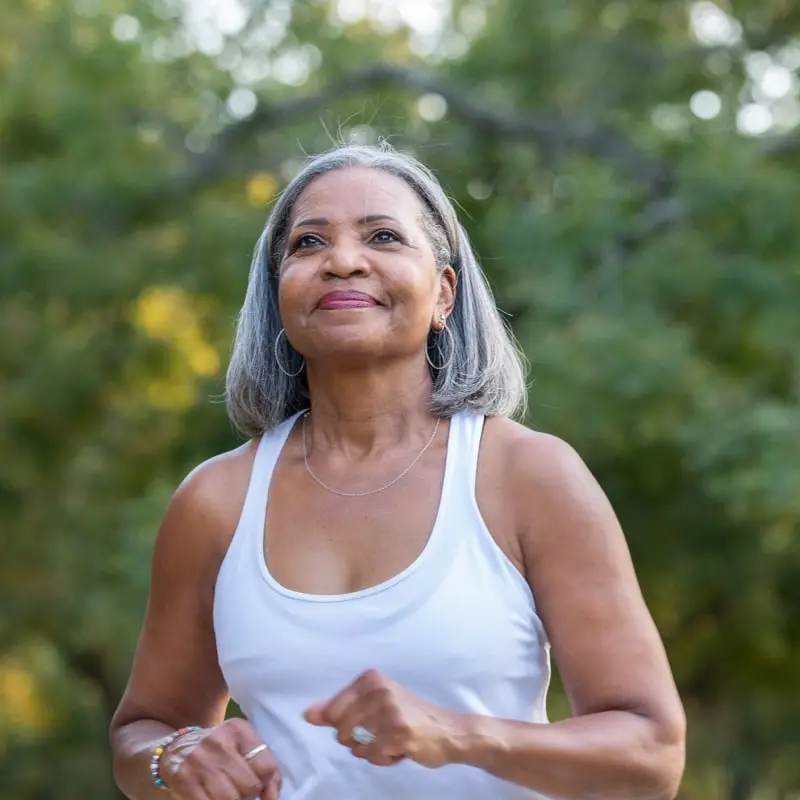What single thing in your life burns away fat, makes you mentally sharper, and builds muscle? And that same thing enhances blood sugar control, lowers inflammation, improves your sleep and your cholesterol profile? What if this one thing also strengthens your bones and builds stamina and circulation? What is it?
It’s not magic – the answer is regular exercise. So, the next time you think about skipping your workout routine, consider all these benefits and then think again. Exercise plays a critical role in all aspects of our lives, especially as we age.
Having a hard time sticking to exercise recommended by your doctor?
When does exercise deliver the most benefits?
But what is the best time of day to exercise? Many people exercise first thing in the morning because it is most convenient. This time of day is easiest for most people to control their time and avoid interruptions. But, is first thing in the morning really the best time to exercise? Is this still true as we get older?
Recent data states that our circadian rhythm and our ability to burn energy and control blood sugar levels are tightly intertwined. A circadian rhythm is a natural, internal process that regulates the sleep–wake cycle and repeats roughly every 24 hours. For years we have understood that our circadian rhythms control when the best time is to go to sleep and wake up. Over the last few years, researchers have discovered that we have better blood sugar control by eating the same high-carb meal in the afternoon or early evening instead of the morning. More recent research now suggests that this clock determines when we should exercise as well.
How does exercise impact diabetics?
Recent findings show that exercising in the afternoon lowers blood sugar more than the same workout first thing in the morning. A study published by PubMed compared the impact on blood sugar control from exercise in the morning to exercise in the afternoon. Over 12 weeks, researchers analyzed blood sugar control of 32 adults with type 2 diabetes who either exercised in the morning or the afternoon. Participants in the study combined aerobic-type and resistance-type exercises with three sessions per week.
They noted that the afternoon workout was more effective than the morning workout for critical markers of metabolism, including fasting blood sugar control, improved insulin sensitivity, and a drop in fat mass. In this study, in people with diabetes, the afternoon workout was clearly the winner. Newer studies will soon be published that analyze blood sugar response to time of exercise in healthy adults—not just those with diabetes, with a larger, randomized sample size of subjects.

If you have the choice, schedule your workout in the mid-afternoon for the best results. However, if your schedule does not allow you to work out in the afternoon consistently, pick whichever time is best for you. Keep in mind that combining both aerobic and resistance-type exercise together is the best approach for blood sugar control as well.
Stay active, stay independent!
From ongoing research, we know convincingly that daily exercise is greatly superior to no exercise. The key take-home message is to exercise daily, and if mid-afternoon works well for you, then that is the optimal time to work out. Get in your activity whenever you can – just keep it consistent!
Regular exercise helps seniors stay independent longer. So does a strong support network. If you or a loved one could use just a little extra help, consider adding a Care Navigator at 1 True Health to your team. Our knowledgeable and delightful staff help older adults manage medication and appointments, coordinate with your healthcare professionals, answer your health questions and concerns, and generally make life easier and more enjoyable for our aging-in-place clients. Contact us today to learn more.
